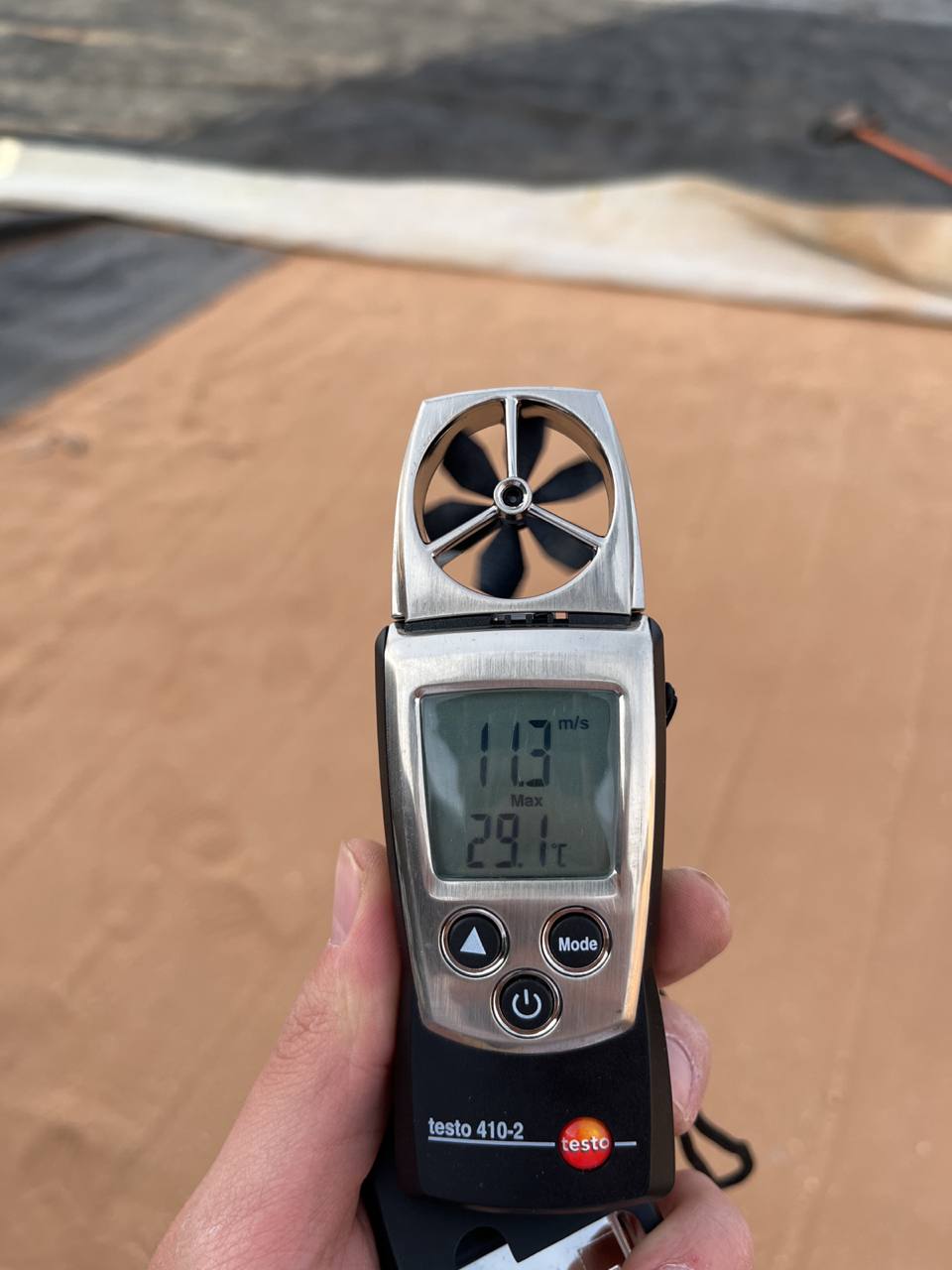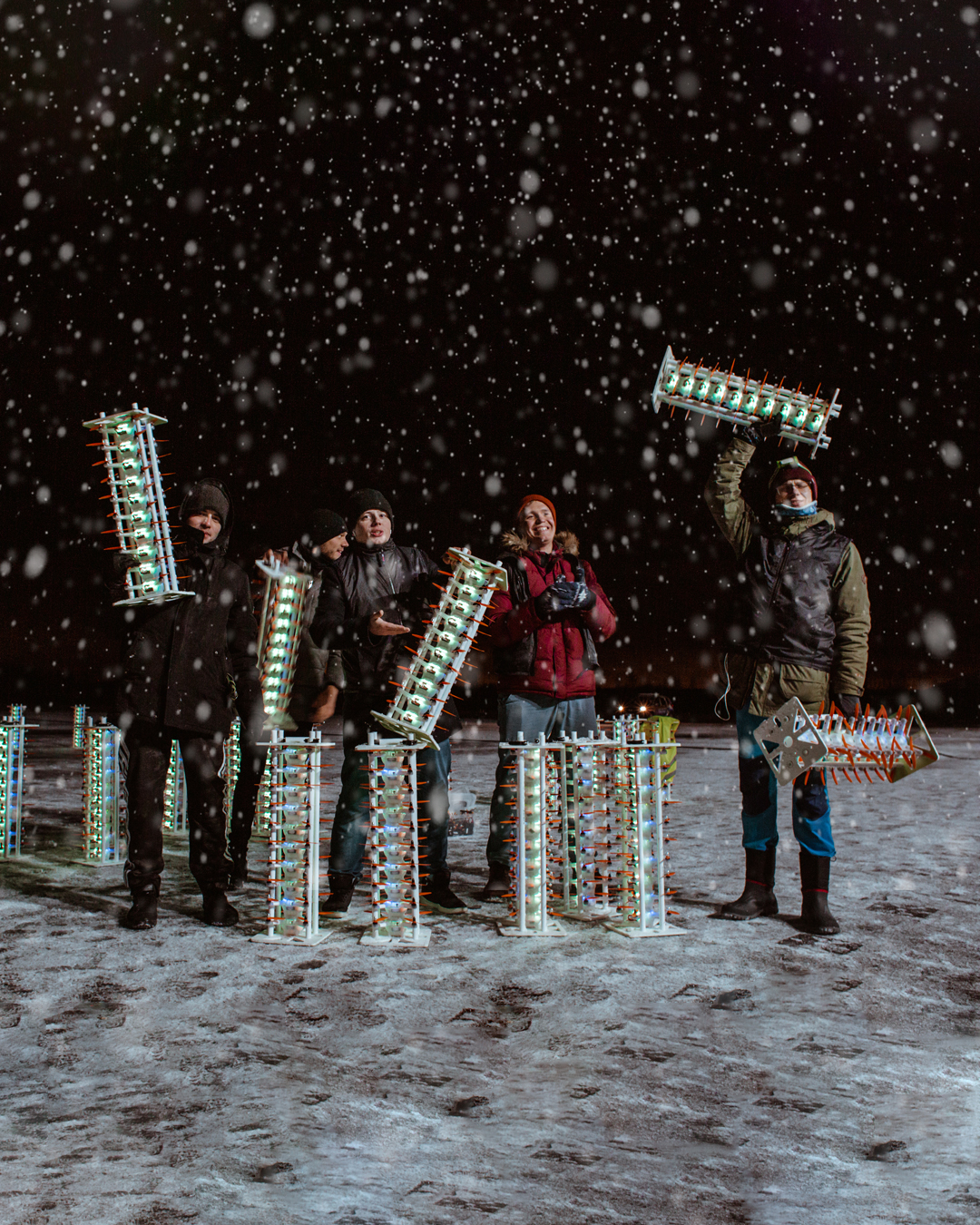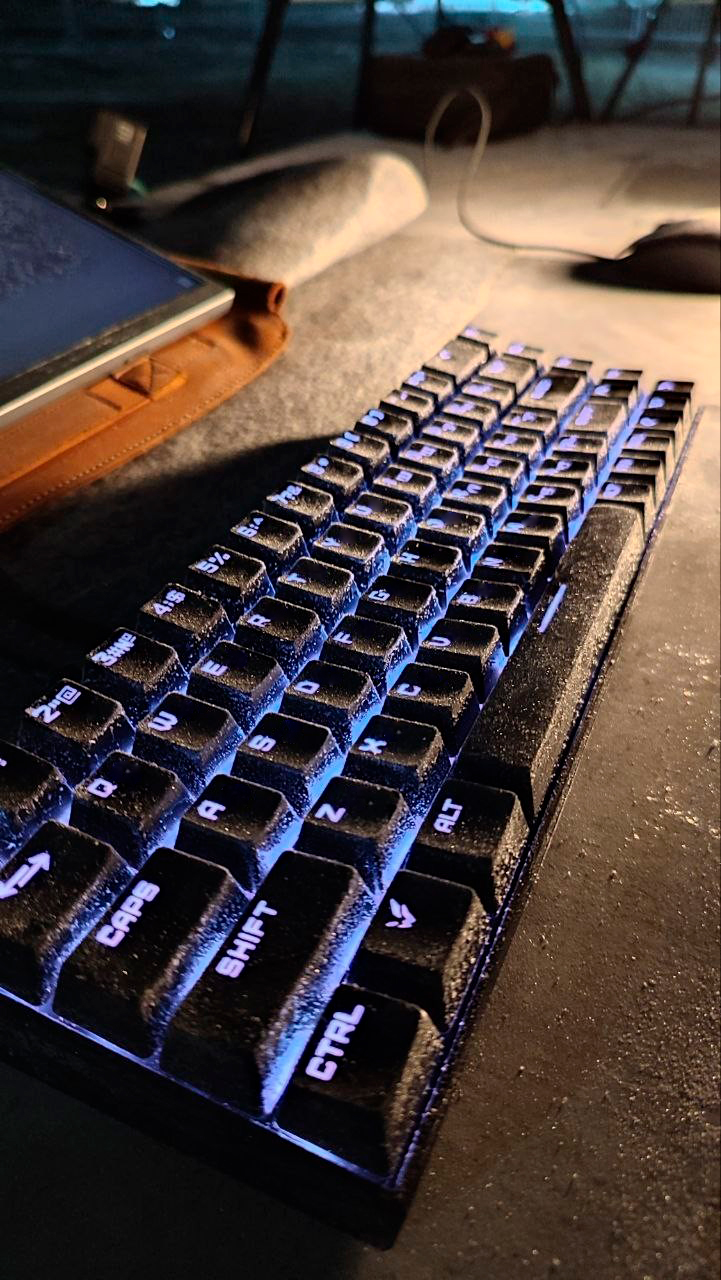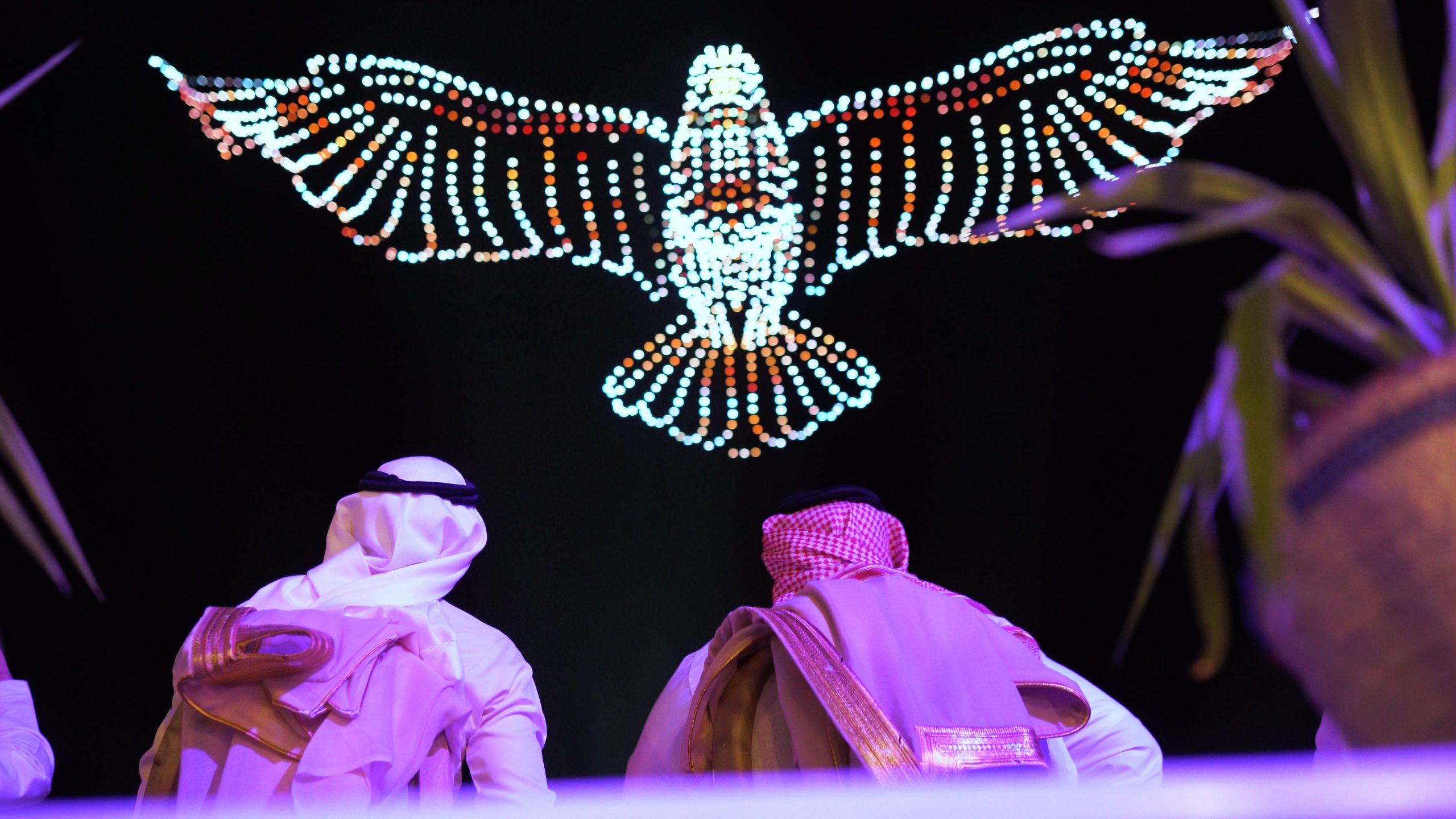Sometimes weather can ruin or even kill a drone performance. It can reduce the show time, postpone or cancel it at all, or destroy a stunning visual effect that was so well planned.
Check 4 of the most important weather factors and how they can get in the way of any awesome drone show:
Wind
Different drones have different degrees of wind resistance. While the industry standard is about 5 meters per second, we upgraded the construction of drones used at Lumasky Drone Show making them able to withstand wind up to 10 meters per second. Just like it happened at our drone show in Gabon, where all of the drone show companies other than us refused to perform because of high winds.
What if the wind speed is over 10 m/s? Drones run out of battery faster and are able to stay up in the air only for 5 minutes instead of 10. That means the show will be cut off in the middle. Not to let our clients down, we always keep a close eye on wind conditions at every launch site.

Rain or snow
Strong rain or snow can cause a drone show to be canceled altogether, as the drones can be damaged if they get too wet. Plus, audiences certainly will not enjoy watching a show in heavy rain or snow. However, some drone shows can be performed in light rain, as the dispersed water droplets can create a unique visual effect.
If the precipitation is too heavy, the show may be postponed or canceled depending on the event. However, in our experience, we have never canceled a show. At most, it was postponed for a couple of hours.

Interesting case. Suddenly it started raining heavily during one of our shows (no names, for our client wished to remain anonymous). Thanks to our well-designed drone assembly racks, we quickly picked up all the drones and moved them under the roof. It took just 2 minutes per 300 drones. However, other teams were not so lucky with their equipment. Lighting, fireworks, sound – all of this got soaked right away and did not work. The show seemed to be screwed. If it wasn’t for our drones! In the end, Lumasky drone light show was the only performance that the audience enjoyed that night. It saved the whole event.
Cold
Drones can lose battery power quickly in cold weather, which shortens the show length. However, we can still run a whole 10-minute performance if certain measures are taken:
- turn on the drones indoors while they are still in the racks before taking them outdoors
- take the drones outside just before the show, so that the batteries do not have time to cool down
- once we even applied silicon coating to the propellers to prevent condensation during the flight, which could weigh the drones down and cause them to fall.
If you handle all these moments properly, you can still get a captivating drone performance even when it’s freezing. By the way, the coldest weather in which we held the show was –18 𐩑C.

Fog
Poor visibility due to fog, smoke, or heavy precipitation can make it challenging for operators to monitor the drones and for the audience to enjoy the show.
Needless to say that windstorms, tornadoes or lightning are no-show conditions. They can be fatal for the spectators, the drone show crew, and the drones themselves.

What Weather Is Perfect for Drone Shows?
Moderate temperatures, no wind, and no precipitation are ideal conditions for a drone show.
Another vital thing is the darkness of the sky. The light show may simply not be visible. Therefore, we advise NOT to plan the show at sunset or, if you are in the North, during the summer season — the sky is light there even at night.

How to Avoid Bad Weather on Show Day
As much as we’d like to be wizards, we’re not. The show is often requested and confirmed 1-2 months in advance, and no one can predict weather in a particular place on a particular day. But there is one lifehack.
Check the weather journal for the last 5 years. If the weather on a specific day was good for all 5 years, then the probability of having bad weather on this day in the 6th year is very low.
Still, if the forecast on your show day doesn’t look optimistic, we will adapt the show, postpone or reschedule it.
Ultimately, the decision is made by the lead pilot, who considers the safety of the audience and the drones. Like it happened when a sandstorm rolled in just 1 hour before our drone light show at the royal wedding in Jordan.
Just imagine the level of responsibility at these kinds of events. Close monitoring of many weather forecasts let us wait for the wind going down, check and test our drones, and finally run a spectacular performance in the sky for the royal family, hundreds of VIP guests and thousands of spectators in the street.
Wondering if the weather at your spot is OK or nights are dark enough for a drone show? Feel free to clear your doubts with our specialists.



